Спасти унтершарфюрера Рана
- Вас не удивляет тот факт, мистер Джонс, что ковчег, созданный во времена оные, способен генерировать поле с напряжением до шестисот вольт, - Отто подбросил в костер сухую кедровую ветку, которая, вспыхнув неопалимой купиной, высветила на мгновение лиловую глубину эфиопской ночи и две мужские фигуры.
- Мистер Джонс…Отто, ты дождешься, что я тебя буду называть «Herr Rahn», - Индиана повел носом, не без удовольствия втягивая смолистый дым, - а что должно удивлять? Ящик из белой акации, обитый листами золота? Или зверюга по имени Вольт? Где, кстати, эта тварь бродит? – Индиана нарочито испугано покрутил головой в поисках горящих в ночи яростных глаз Вольта.
RELIGION: The Cathars and Otto Rahn
Ed Jajko says:_I would be most interested if Christopher Jones could cite his authorities for the Cathar Christology he presents us. What little I have read suggests that the Cathars had different, not entirely coherent views on Jesus Christ, but that they were not quite in consonance with what Mr. Jones has stated. Reference to a couple of scholarly sources would be much appreciated.
RH: Yes, a few precise sources.
Ed Jajko asked Christopher Jones to give sources for his statements about the Cathars. Christopher replies:
The sources for my comments on the Cathari are all from Cruzada contra el Grial [original German, Kreuzzug gegen dem Gral] by Otto Rahn. This particular translation was done by Fernando Acha and published by Hiperión in Madrid. To the best of my knowledge and a fact that was reconfirmed to me by the current copyright holder in Germany, Rahn's book was never translated into English although Spanish, French and Italian versions exist. The book was first published in 1933.
Prologo de Cruzada contra el Grial, La lucha entre Cátaros, Templarios y la iglesia de Roma
Wolfram von Eschenbach nos informa que Kyot, "el famoso Maestro", trajo a suelo germano la verdadera leyenda del Graal desde la Provenza; y que Chrétien de Troyes (el autor del Parsifal galo, o el Conde del Graal) la modificó. Si bien es cierto que no existe poema épico alguno acerca del Graal escrito por "Kyot", sabemos que a finales del siglo XII un poeta francés de la Provenza de nombre Guyot recorría las cortes más renombradas del norte y sur de Francia; y que entre sus poemas se encontraba una "Biblia" en la que caricaturizaba a sus contemporáneos. Resulta posible atribuir a este Guyot una versión del Parsifal que jamás llegó a nuestras manos.
Otto Rahn in Wikipedia
Otto Wilhelm Rahn (n. Michelstadt, 18 de febrero de 1904 - 13 de marzo de 1939) fue un escritor alemán aficionado al esoterismo, la historia y el medievalismo. Miembro del Partido Nazi y Obersturmführer de las SS, su figura está asociada a las creencias esotéricas del ocultismo nazi extensamente difundidas en dicho cuerpo militar. Nació y se crio en el seno de una familia de clase media. Por influencia de su padre, juez en la ciudad de Maguncia, inició estudios de Derecho, aunque también le agradaba la música y era un buen pianista. Durante 4 años (de 1922 a 1926) estuvo matriculado en las facultades de Derecho de Giessen, Friburgo y Heidelberg.
Croisade contre le Graal
Si le Graal est un symbole phare — aussi mystérieux que fascinant — de la mythologie et de l’inconscient collectif européens, Croisade contre le Graal appartient à la famille — peu nombreuse — des ouvrages mythiques, des livres cultes. Depuis sa parution (1933 en Allemagne, 1934 en France), il a guidé des générations de rêveurs vers les cimes ariégeoises, en général, et le château de Montségur, en particulier. Régulièrement réédité des deux côtés du Rhin, il est régulièrement épuisé et recherché. Adversaires et partisans des thèses développées par Otto Rahn, tous s’accordent sur un point: Croisade contre le Graal a largement contribué à l’engouement touristique pour les Pyrénées cathares.
Профессор Лэнгдон и последний Крестовый поход
Рано или поздно каждый сумасшедший вытаскивает из рукава тамплиера.
Умберто Эко. «Маятник Фуко»
Есть такая штука, именуемая ТВС, — теория всего на свете. Составляющие этой теории известны уже много веков: все связано со всем миллионами невидимых нитей, макрокосм тождествен микрокосму, все, что вы знаете, — это ложь плюс неистребимая идея о мировом заговоре. И, разумеется, всякая ТВС на поверку оказывается БСК — бредом сивой кобылы. Умберто Эко блестяще высмеял подобные теории в «Маятнике Фуко». Одних лишь рассуждений о связи размеров газетного киоска с тайнами нумерологии или о том, как устройство автомобиля отражает законы мироздания, достаточно, чтобы уже никогда не воспринимать всевозможные ТВС без презрительной усмешки.
What is the Grail?
The Grail. Between 1190 and 1240, it formed the central theme of a series of literary works that spoke of, and appealed to, a new social class, that of the knights and warriors and the adventures they encountered on their travels. In recent decades, it unleashed Indiana Jones on one of his death-defying treasure hunts and was the central ingredient of Dan Brown’s The Da Vinci Code, one of the biggest bestselling novels ever.
For Richard Barber, in The Holy Grail: The History of a legend, “it is, in all its forms, a construct of the creative imagination”. However, for dozens of other authors, the Grail is not a literary invention, but a veritable treasure, out there, somewhere. Unfortunately, in general, studies trying to identify and trace the physical Grail have taken on flights of fancy. The Grail has been linked with countries from the Middle East to America, as well as with the persecuted Cathars and even extra-terrestrial beings. It has been labelled a code word for the Ark of the Covenant, after the Templars allegedly transported it from the Middle East to a new hiding place in France.
Servants of the Grail: The Real-Life Characters of the Grail Legend Identified By Philip Coppens
The Grail story is a Western European rendering of a pre-Christian Graeco-Egyptian religious story on how to live a pious life so that the soul will be able to meet God.
Published on: 2009-03-16
240 pages
ISBN-10: 1846941555
ASIN: B005MZC3RQ
The wooden book of Montségur
In the early 20th century, a series of palm leaves, containing anomalous writing, were apparently discovered within a hidden cache of the walls of the Cathar castle of Montségur. Though without any intrinsic value, the “wooden book” – as it became known – would become the centrepiece of the esoteric and metaphysical community; its discoverers even labelled it “the Oracle” and said it was able to contact the hidden masters of Agharta.
Montségur is seen as the final stronghold of the Cathar faith, a bastion of true devotion besieged by the worldly ambitions of the papal troops. In March 1244, the Cathars that had been locked inside the castle for months finally surrendered; approximately 220 were burned en masse in a bonfire at the foot of the pog when they refused to renounce their convictions.
Otto Rahn: A Hero's Journey
I recently visited the former South of France residence of the legendary Grail hunter Otto Rahn, only to discover that it was scheduled to be demolished, thus ending an era, and prompting this memorial.
I believe Otto Rahn (1904-1939) was a hero; the real Indiana Jones and prototype for Dan Brown’s Robert Langdon character. A tireless explorer, Rahn was a gifted researcher, committed to the quest like no one before, or since. Quite simply, he was a grail hunter extraordinaire.
Rahn was obsessed with the Cathars, and was convinced that their treasure remained hidden in the shadowy crevasses of the Pyrenees. His research led to Montségur, which he believed to be Munsalvaesche, the Mountain of Salvation of Wolfram von Eschenbach’s epic grail romance, Parzival. Not surprisingly, the entire region around Montségur soon became Rahn’s esoteric playground.

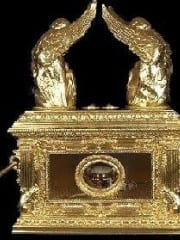
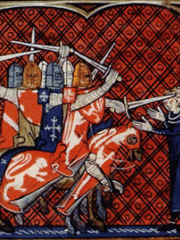
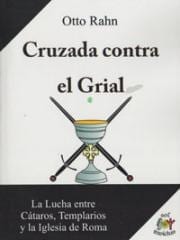

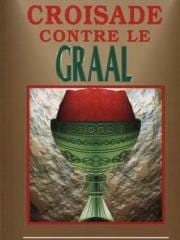
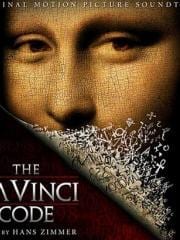
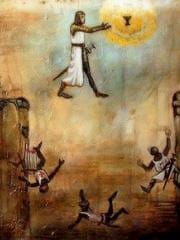
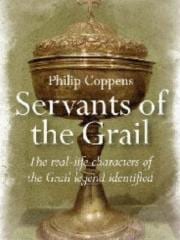
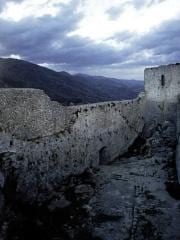
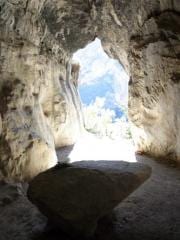
Comentarios recientes
hace 13 años 39 semanas
hace 13 años 39 semanas
hace 13 años 39 semanas
hace 13 años 39 semanas
hace 13 años 42 semanas
hace 13 años 48 semanas